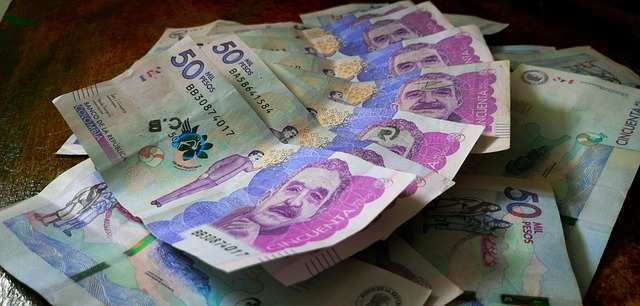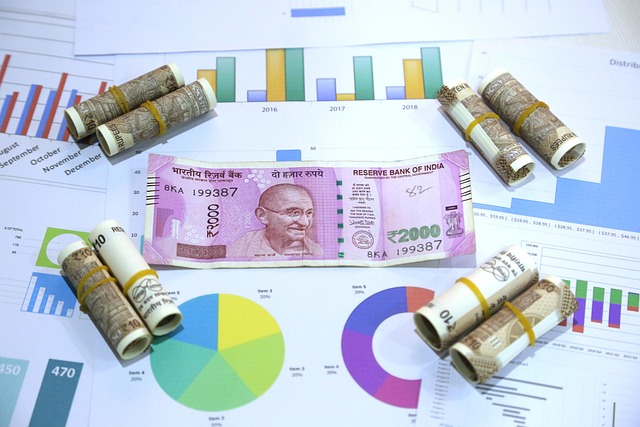Investing Through Economic Cycles: Staying Ahead in Uncertain Times
Investing is often viewed as a long-term journey, filled with potential rewards but equally fraught with risks. One of the most significant challenges investors face is navigating the unpredictable nature of economic cycles. Understanding the phases of these cycles and adjusting investment strategies accordingly can set seasoned investors apart from novices. In this article, we will explore the various economic cycles, the key indicators to watch, strategies for investment during different phases, and tips for maintaining a resilient mindset through uncertainty.
The Nature of Economic Cycles
Economic cycles refer to the fluctuations in economic activity that an economy experiences over a period. Typically, these cycles consist of four stages: expansion, peak, contraction, and trough.
Expansion
The expansion stage is characterized by increasing economic activity, rising GDP, and lower unemployment rates. During this phase, consumer confidence is generally high, leading to increased spending and investment. It’s a time when businesses thrive, often resulting in rising stock markets. For investors, this is an opportune moment to capitalize on growth sectors and emerging markets.
Peak
As the economy reaches its peak, growth begins to slow, even though the economy might still show strong performance metrics. During this phase, inflation can start to rise as demand outstrips supply, leading to market corrections. Investors should be cautious during this period, as signs of overvaluation in stock prices can signal that a downturn is approaching.
Contraction
The contraction phase, often referred to as a recession, is marked by a decrease in economic activity. Key indicators include falling GDP, rising unemployment, and declining consumer spending. This phase can be tough for investors, as market sentiment tends to turn negative. However, this phase also presents unique opportunities for savvy investors willing to navigate through the turmoil.
Trough
The trough marks the lowest point of the economic cycle and is identified by the stabilization of economic indicators. This is where the opportunity often lies for long-term investors. While many may flee the market, history has shown that those who invest during or shortly after this phase can often realize significant gains as the economy begins its recovery.
Key Economic Indicators to Monitor
To effectively navigate through economic cycles, investors should keep a close watch on several key economic indicators:
- Gross Domestic Product (GDP): This measures the overall economic output and growth of a country. A rise in GDP typically indicates an expansion phase, while falling GDP may signal contraction.
- Unemployment Rate: A rising unemployment rate often accompanies economic contraction, while a declining rate can signify growth.
- Consumer Confidence Index: This gauge of consumer sentiment can predict spending behavior, influencing the economy’s growth or decline.
- Inflation Rate: Rising inflation can lead to tighter monetary policy, while deflation can signify economic lethargy.
- Stock Market Trends: Stock market performance often reflects investor sentiment and can act as a leading indicator of economic conditions.
Investment Strategies for Different Phases
With a clear understanding of the economic cycles and the metrics to monitor, investors can tailor their strategies to align with shifting conditions.
During Expansion
During the expansion phase, growth-oriented investments tend to perform well. Investors should focus on sectors that benefit from rising consumer spending, such as:
- Technology
- Consumer discretionary goods
- Real estate
This is an excellent time to increase exposure to stocks and high-yield bonds. Diversifying into international markets can also yield rewarding results as global economies expand.
Approaching Peak
As the economy nears its peak, it’s prudent for investors to pivot towards defensive investments. These include:
- Utilities
- Consumer staples
- Healthcare sectors
These sectors typically demonstrate resilience during downturns. Maintaining a balanced portfolio that includes cash reserves can prove beneficial, allowing investors to seize opportunities during the upcoming contraction phase.
In Contraction
During economic downturns, value investing becomes particularly relevant. This involves searching for undervalued stocks with strong fundamentals that market sentiments may have overlooked.
Investors should also consider:
- High-quality bonds
- Dividend-paying stocks
- Counter-cyclical stocks
Listening to signals in the equity markets can help gauge the potential for recovery, allowing investors to reposition their strategies as the market begins to turn. It’s important to remain calm and resist the urge to panic sell, as many successful investors view market downturns as buying opportunities.
At Trough
Investing during the trough stage requires a forward-looking mindset. As economic indicators begin to stabilize, the focus shifts to growth potential. Investors who entered the market at this stage often reap substantial benefits as the economic cycle shifts back into an expansion phase.
Identifying emerging industries, technology innovations, and companies poised for recovery can yield great returns. This phase is also a good time for investors to revisit their long-term strategies, reinforcing their commitment to diversified portfolios.
Maintaining a Resilient Mindset
Beyond technical knowledge and strategic planning, maintaining a resilient mindset is crucial during uncertain times. Economic cycles can induce anxiety, fear, and uncertainty, which can lead to impulsive decisions. Here are ways investors can cultivate a resilient outlook:
Education and Research
Investors should continuously educate themselves about market trends, economic theories, and investment strategies. The more informed one is, the better equipped they will be to withstand market fluctuations.
Long-term View
Having a long-term perspective can help investors ride out volatility. Recognizing that economic cycles are a natural part of market behavior can encourage patience and discourage knee-jerk reactions.
Emotional Discipline
Developing emotional discipline is vital. Strategies such as automating investments or sticking to a predefined investment plan can prevent emotional decisions from dictating investment choices.
Seek Professional Advice
Working with a financial advisor can provide valuable insights and enhance decision-making, particularly during volatile periods. Advisors can help individuals stay on course, offering strategies tailored to specific financial goals and tolerances.
Conclusion
Navigating economic cycles is a complex yet manageable process for investors who equip themselves with the right knowledge and strategies. By understanding the nature of these cycles, monitoring key economic indicators, and adapting investment strategies accordingly, individuals can not only survive but thrive during uncertain times. Ultimately, cultivating a resilient mindset will empower investors to navigate the highs and lows of the market with confidence, ensuring their long-term financial success.



